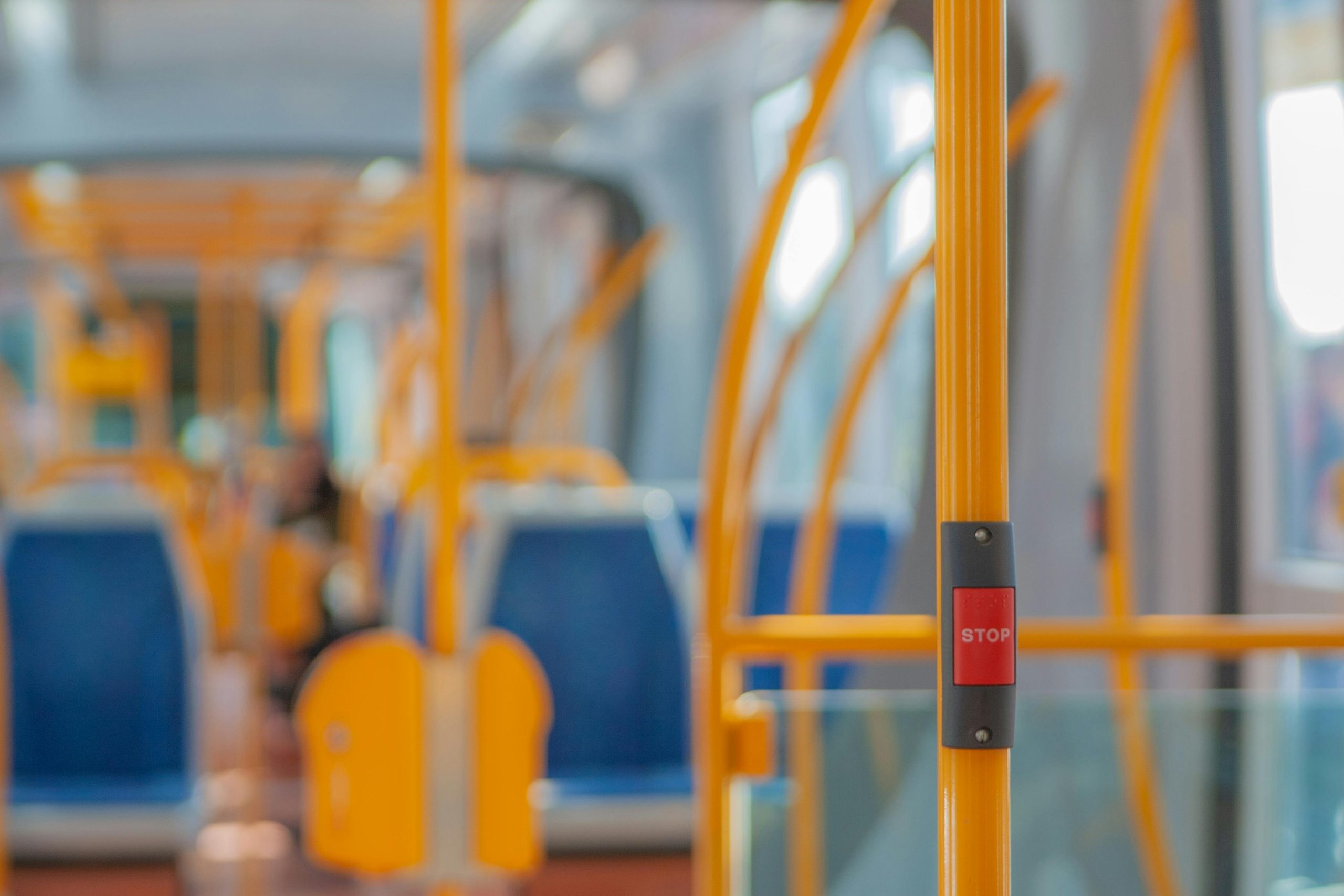Troubleshooting USB Drive Errors: When File Transfer Stops and Windows Asks to Format the Drive
Transferring files to a USB drive is a common task for many users, whether for backing up data, sharing media, or organizing files. However, encountering issues during this process can be frustrating and raise concerns about data integrity and drive health. A typical scenario involves copying movies or large files to a USB device, only for the transfer to unexpectedly halt, and Windows prompting you to format the drive. This situation can leave users puzzled, especially when the drive remains accessible and files can still be read or played.
Understanding the Issue
In the scenario described, the user was in the process of copying movies onto a USB flash drive when the transfer suddenly stopped halfway through. Windows then displayed a prompt to format the drive—a warning sign that Windows has detected potential issues with the filesystem or the drive itself. Interestingly, the user notes that they can still read the files on the drive, including playing movies, but that the last copied file appears to be corrupted. Attempts to delete this file are unsuccessful, and formatting the drive via Windows fails as well.
Common Causes of USB Drive Errors
Several factors can lead to this kind of behavior:
- File System Corruption: An incomplete transfer, improper ejecting of the drive, or malware can corrupt the filesystem.
- Bad Sectors or Physical Damage: Physical deterioration of the drive can cause read/write errors.
- Compatibility or Driver Issues: Outdated or incompatible drivers can interfere with reliable data transfer.
- Insufficient Power: Especially with hubs or certain ports, inadequate power supply may cause interruptions.
Recommended Troubleshooting Steps
- Stop Using the Drive Temporarily
Avoid further read/write operations until the issue is diagnosed to prevent additional damage or data loss.
- Backup Accessible Data
Since some files are still accessible, copy all important files to your computer or another safe location.
- Run Disk Check Utility
Use Windows built-in tools to scan and repair the drive:
- Open File Explorer, right-click the USB drive, and select Properties.
- Navigate to the Tools tab and click Check under the Error Checking section.
- Follow the prompts to scan and attempt repairs.
Alternatively, from the Command Prompt:
bash
chkdsk X: /f /r /x
(Replace X with your drive letter)
This command checks for filesystem errors
Share this content:



